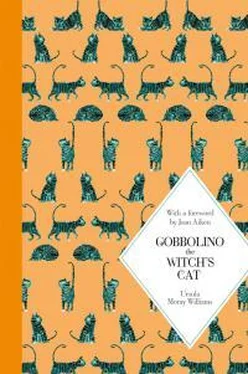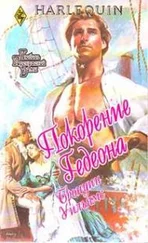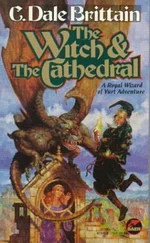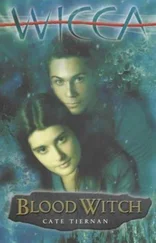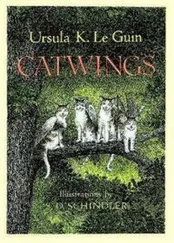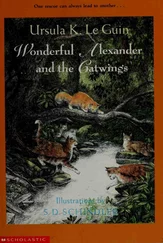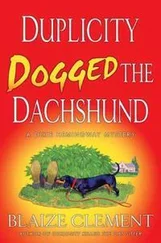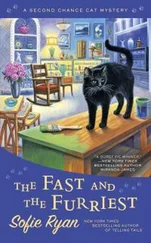Their parents, who were at one time both teachers, gave the girls and their younger brother the happiest of childhoods. The house where they lived was a huge old mansion lit by oil lamps, with an entrance hall paved in marble and surrounded by glass cases full of stuffed birds and animals – foxes, owls, weasels, jays and a large golden pheasant. The house was crumbling, and Ursula remembered that for their lessons with a governess “we moved from room to room as the ceilings fell on us.” But it was a wonderful place to play in (there was a church organ that had no keyboard but provided a perfect hiding-place) – and in the big park outside they had a much-loved pony and cart.
In 1928, when the twins were nearly seventeen (they were born on 19 April 1911), they were sent to France for a year to live in a pastor’s house in Annecy in the Alps. There they had to go to school – which they hated – but out of school they enjoyed every moment: swimming, climbing, skiing and picnicking in the beautiful countryside. Ursula describes this time as like living in a fairy tale. When they came home, both sisters enrolled at the Winchester College of Art, but, while Barbara thrived, Ursula dropped out after a year and decided to practise her writing at home. She was encouraged by her uncle, Stanley Unwin (who was the famous publisher of The Hobbit ), and her first book, Jean-Pierre , a story set in the mountains of Annecy, was published in 1931 with her own illustrations. She remembers that the book cost just 2s 6d (12½ pence)!
In 1935 Ursula married Conrad Southey John (always called Peter after their marriage), the great-grandson of the poet Robert Southey. To him she dedicated her best-known story, Adventures of the Little Wooden Horse (1938), written when she was expecting their first child, Andrew. Three more sons followed – Hugh, Robin and Jamie. The four boys were taken out in the afternoons, allowing Ursula to concentrate on her writing for two hours a day, and it was during this time that she created Gobbolino the Witch’s Cat (1942).
Ursula went on to write over sixty books for children. “I write compulsively,” she said. “During the war years I was cooking for ten of us but I had to write, just as my twin sister had to paint and design.” Her husband died in 1974, but she still lived in the family farmhouse on Bredon Hill in Gloucestershire where she brought up her children so happily. Ursula had many grandchildren and great-grandchildren. She died in October 2006.
Macmillan Classics: breathing new life into much-loved children’s stories
The Island of Adventure
by Enid Blyton
Alice’s Adventures in Wonderland
by Lewis Carroll
Through the Looking-Glass
by Lewis Carroll
The Jungle Book
by Rudyard Kipling
The Milly-Molly-Mandy Storybook
by Joyce Lankester Brisley
Adventures of the Little Wooden Horse
by Ursula Moray Williams
Gobbolino the Witch’s Cat
by Ursula Moray Williams
The Teddy Robinson Storybook
by Joan G. Robinson
Ursula Moray Williams and Gobbolino the Witch’s Cat
When Ursula Moray Williamscreated the wonderful Gobbolino, he was not the only one longing for security in a happy, loving home where he could stay “for ever and ever”.
It was 1940, and in 106 continuous days of German air raid warnings, his author had become used to sheltering with her two young sons under the stairs of their Surrey home.
Bombings killed eighty-four workers in the aircraft factory where her husband worked and at another nearby, and while he was on duty as an ARP warden, an incendiary blast had hit their garage at home.
Gobbolino himself was to become a war casualty. For after the first edition sold out, the printing plates and Williams’s own illustrations were lost in the Blitz. Only twenty years later was the book reissued – and became a worldwide bestseller.
Williams too was to face many crises, yet in her work for children, in many acts of kindness, and in determination, her life became as inspirational as those of her brave, fictional heroes like Gobbolino.
Ursula Moray Williams (1911–2006) wrote sixty-eight books for children, including classics such as Adventures of the Little Wooden Horse .
Colin Davison,
author of Through the Magic Door: Ursula Moray Williams, Gobbolino and the Little Wooden Horse (Northumbria University Press)
GOBBOLINO
the Witch’s Cat
First published in 1942, this classic tale of a very special cat has been delighting children for generations.
No one could mistake Gobbolino for a simple kitchen cat, with his sparky whiskers and magic tricks, but that’s just what the witch’s kitten wants to be. Instead of learning how to turn mice into toads for the witch’s brew, Gobbolino sets out on a new adventure to find a family and a home of his own.
Publisher’s Note:
The publisher has used the first edition of Gobbolino the Witch’s Cat , published in Great Britain in 1942 by George G. Harrap & Co. Limited, for this publication. It is reproduced here complete and unabridged.
First published 1942 by George G. Harrap & Co. Limited
This edition published 2014 as part of the Macmillan Classics series by Macmillan Children’s Books
This electronic edition published 2017 by Macmillan Children’s Books
an imprint of Pan Macmillan
20 New Wharf Road, London N1 9RR
Associated companies throughout the world
www.panmacmillan.com
ISBN 978-1-5098-5817-0
Text copyright © Ursula Moray Williams 1942
Illustrations copyright © Catherine Rayner 2012
Foreword copyright © Joan Aiken Enterprises Ltd 2001
Author Note copyright © Kingfisher Publications PLC 2001
You may not copy, store, distribute, transmit, reproduce or otherwise make available this publication (or any part of it) in any form, or by any means (electronic, digital, optical, mechanical, photocopying, recording or otherwise), without the prior written permission of the publisher. Any person who does any unauthorized act in relation to this publication may be liable to criminal prosecution and civil claims for damages.
A CIP catalogue record for this book is available from the British Library.
Visit www.panmacmillan.com to read more about all our books and to buy them. You will also find features, author interviews and news of any author events, and you can sign up for e-newsletters so that you’re always first to hear about our new releases.
